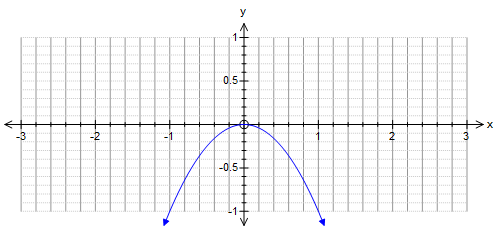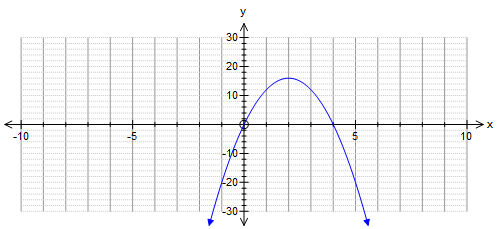How do you find the axis of symmetry and vertex point of the function: #y=16x-4x^2 #?
1 Answer
See explanation: Shortcuts given
Explanation:
The

Everything else transforms it in some way.
Multiplying
If the equation was of form
Lets try it:
Write
so the maximum should occur at
Plot of actual graph:

Note that what I have shown you is a shortcut to 'completing the square' method
To find where the curve crosses the x-axis substitute y=0 in the original equation. To find the y coordinate of the vertex point substitute the found value of x in the equation. I will let you do that!

